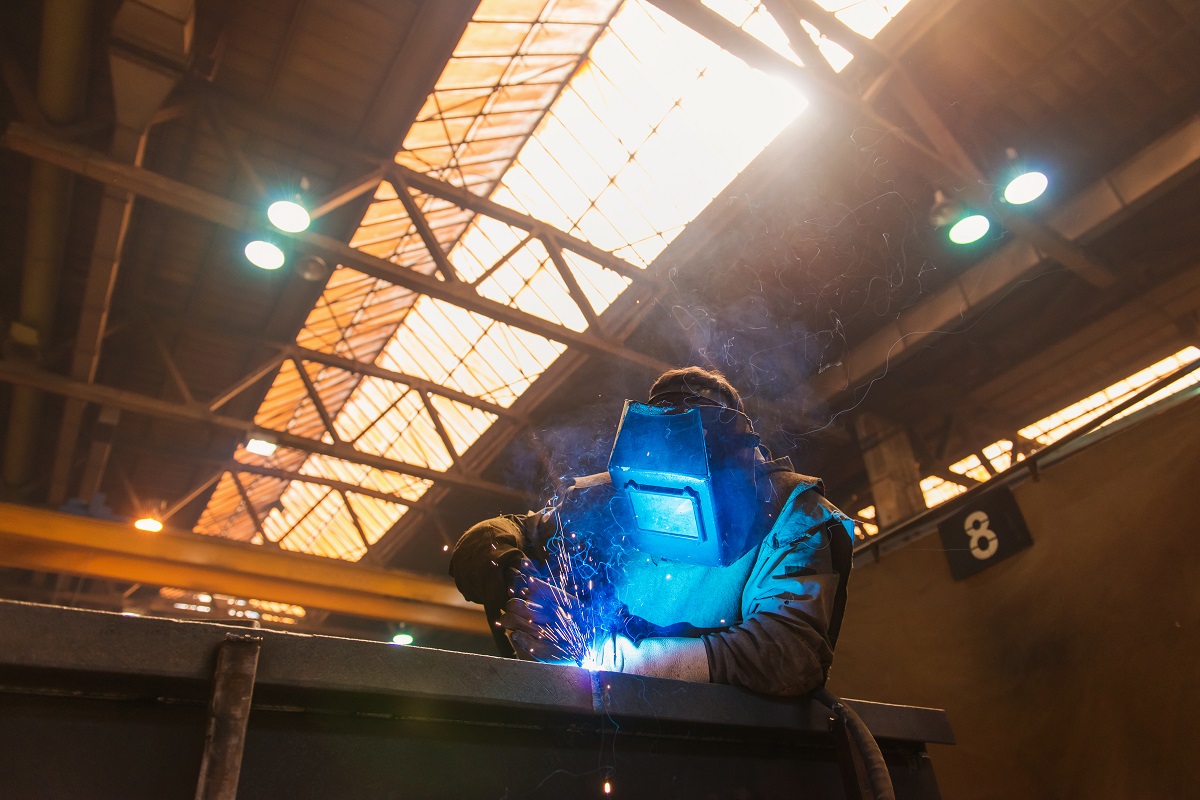Understanding the Causes and Solutions for Undercut Welding in Metal Fabrication Processes
In the world of steel construction processes, the occurrence of undercut welding positions a significant challenge that demands a detailed understanding of its causes and viable options. The elaborate interplay of different aspects throughout welding operations can bring about this unfavorable sensation, influencing the architectural stability and overall quality of the welded joints - Preventing weld undercut. By studying the source of undercut welding and discovering effective restorative procedures, fabricators can elevate the criterion of their craftsmanship and ensure the production of remarkable steel elements
Usual Reasons For Undercut Welding
Frequently neglected in metal construction, undercut welding happens due to numerous variables that require thorough focus and proficiency to be efficiently reduced. Furthermore, incorrect welding methods, such as utilizing the wrong welding angle or travel speed, can also add to damage development. The selection of welding specifications, such as voltage, present, and cable feed speed, plays a significant role in the occurrence of undercut welding.
Influence of Incorrect Welding Parameters
Imprecise welding criteria can dramatically endanger the stability and high quality of welded joints in steel manufacture procedures. The effect of incorrect welding parameters shows up in different methods, leading to structural weak points and flaws in the welded parts. One essential element impacted by improper welding criteria is the penetration depth of the weld. Not enough warm input due to reduced welding currents or excessively high travel rates can lead to inadequate blend between the base metals, causing incomplete joint infiltration and deteriorated bonds. Conversely, too much warm input brought on by high welding currents or slow-moving travel rates can result in extreme and burn-through reinforcement, developing a fragile and unpredictable weld structure. In addition, inaccurate criteria such as incorrect voltage setups or inaccurate electrode angles can add to irregular weld bead accounts, lack of combination, and increased possibilities of issues like undercutting. Meticulous interest to welding criteria is paramount to make sure the manufacturing of top quality welds with the preferred mechanical buildings and structural stability.
Effect of Improper Torch Angle
Inappropriate torch angle in welding operations can dramatically influence the high quality and integrity of the last weld joints in steel construction processes. Damaging is a typical welding defect where a groove creates along the weld toe, deteriorating the joint and jeopardizing its structural honesty.
A lantern angle that is as well steep can bring about inadequate penetration, insufficient blend, and enhanced spatter. On the other hand, a lantern angle that is too shallow can cause excessive infiltration, burn-through, and distortion of the base product. Preventing weld undercut. Proper lantern angle is necessary for guaranteeing regular weld high quality, strength, click for info and look
To stop damaging and other defects created by improper lantern angles, welders should be educated to preserve the proper torch angle throughout the welding procedure. Routine surveillance and modification of lantern angles during welding can aid achieve audio welds with minimal flaws.
Role of Inadequate Welding Methods

An additional element of insufficient welding techniques is improper weld prep work. Poor cleansing you could try these out of the base metals, incorrect joint layout, or not enough side preparation can all add to damage welding. Poor shielding gas protection or making use of the incorrect kind of gas can result in insufficient fusion and the development of undercut defects.
To address the duty of insufficient welding techniques in steel fabrication processes, it is important to supply extensive training for welders. Appropriate education on welding criteria, joint prep work, and securing gas option can help avoid undercut welding and guarantee top notch welds in metal manufacture projects.
Effective Solutions for Undercut Welding
Addressing undercut welding in steel manufacture requires carrying out reliable options to boost weld high quality and structural integrity. Among the main remedies to battle undercut is to adjust welding criteria such as voltage, current, and travel rate to ensure proper heat input and fusion. By fine-tuning these settings, welders can stop too much melting of the base metal and filler material, minimizing the probability of undercut formation.
In addition, correct joint prep work is critical in preventing undercut. Making certain clean base metal surface areas free of impurities and utilizing the proper bevel angle can aid advertise far better weld infiltration and reduce the danger of undercut - Preventing weld undercut. Using ideal welding methods, such as oscillating the lantern or weaving, can also help in distributing warm evenly and filling up the weld Visit Website joint effectively, reducing the opportunity of undercut flaws
In addition, selecting the correct welding consumables, including electrodes and filler steels, is necessary in minimizing undercut. Using materials with proper chemical make-ups and mechanical residential properties can add to attaining sound welds with very little undercut. Routine evaluation and high quality control measures need to also be executed to spot and attend to undercut problems immediately, ensuring the overall honesty of produced metal components.

Conclusion
In conclusion, recognizing the reasons and solutions for undercut welding in metal construction processes is important for achieving top quality welds. By addressing typical causes such as wrong welding specifications, incorrect lantern angle, and inadequate welding strategies, welders can stop damaging and make sure strong, long lasting welds. It is important to pay interest to these aspects and implement effective options to boost the general welding process and end product quality.

Comments on “Best Overview to Preventing Weld Undercut: Tips and Techniques”